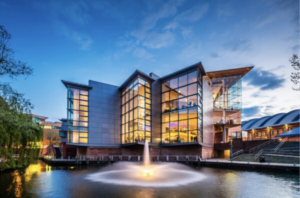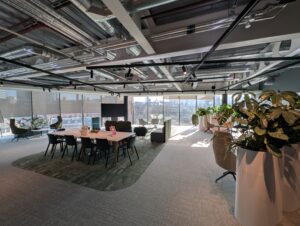1 in 5 people in England have limited access to green space, according to research conducted by Friends of the Earth.
Bringing together official data on the availability of green space in communities, the researchers ranked neighbourhoods from A (the best access to green space) to E (the least access to green space).
This research revealed that almost 1,257 neighbourhoods in England, home to around 11 million people, are E rated.
E rated neighbourhoods have less than 9 square metres of public green space per capita, very little garden space, and larger amounts of green space are more than 5 minutes’ walk away for at least three-quarters of residents.
Friends of the Earth also found that 42% of England’s Black, Asian and Minority Ethnic (BAME) communities live in the most green-space deprived neighbourhoods – often also living with poor air pollution and greater risk from the impacts of extreme weather.
Based on these findings, Friends of the Earth has said the government must prioritise investment in these neighbourhoods.
Nature campaigner, Paul de Zylva, said: ‘For many of us lockdown exposed how critical quality outdoor space and nature is for our health and wellbeing.
‘But our research shows just how much of a distant reality that is for millions of people across England who live in nature-deprived neighbourhoods.
‘Everyone has the right to live in a healthy environment. Greener neighbourhoods, well-insulated homes and high-quality cycling routes are some of the key parts of this.
‘The forthcoming spending review is an opportunity to make people happier and healthier, improve equality, and help fix the climate crisis. This would be a triple win for government investment.’
Laura Chow, head of charities at People’s Postcode Lottery, who funded the research added: ‘The findings from this research are significant.
‘We are becoming increasingly aware of the importance of access to green space for our mental and physical wellbeing, and it’s vital that no groups are excluded.’
To see the full list of E rated neighbourhoods, click here.
Photo Credit – Pixabay















